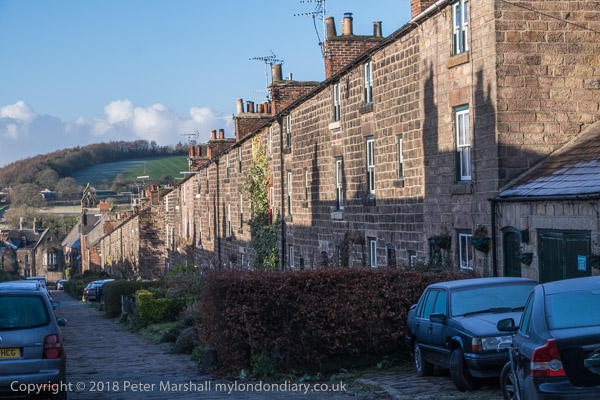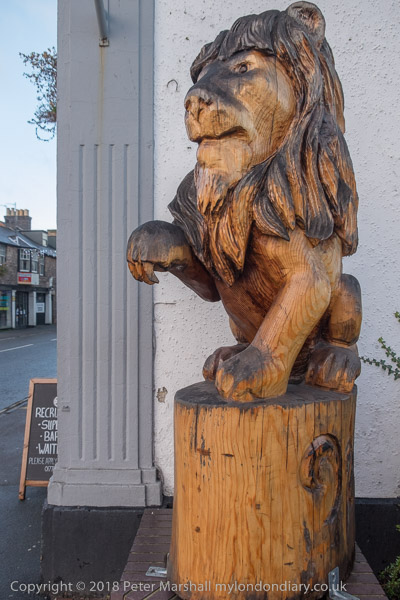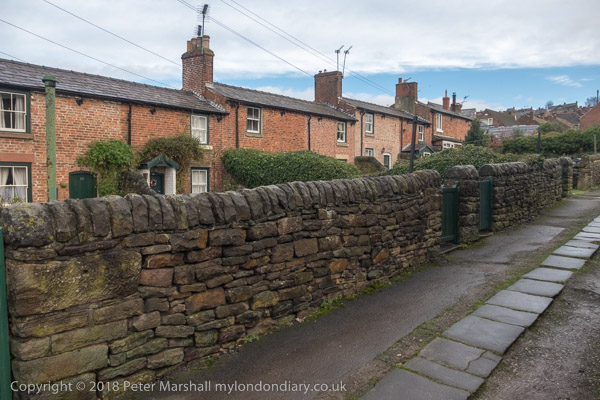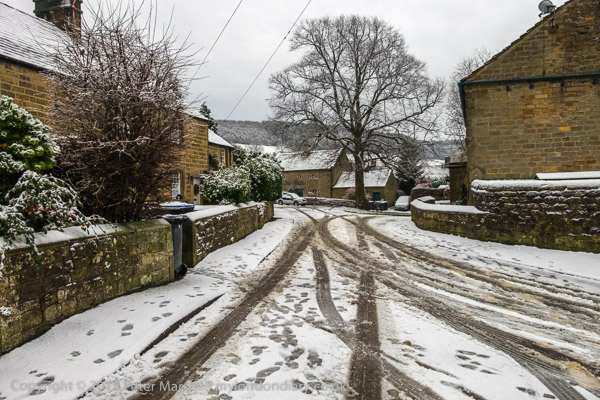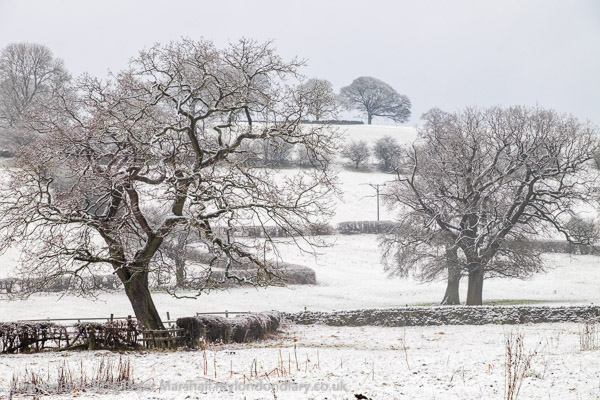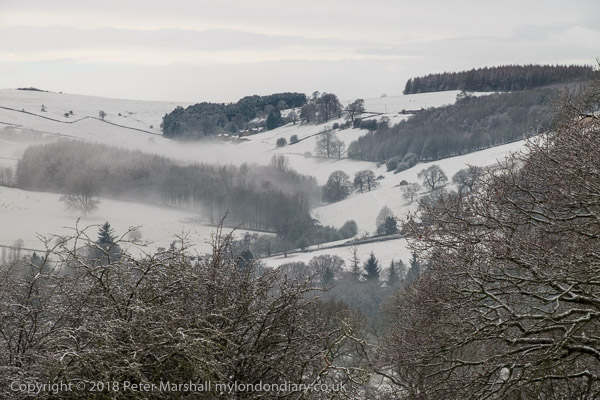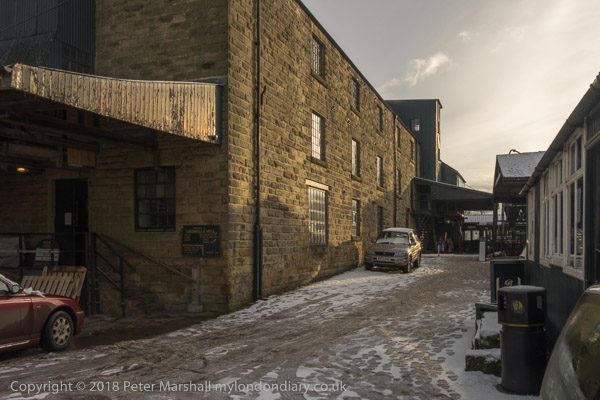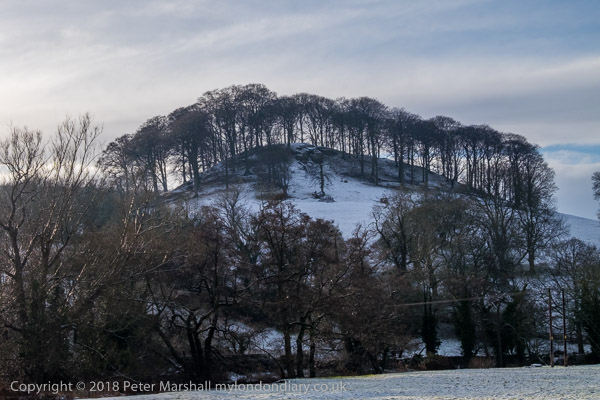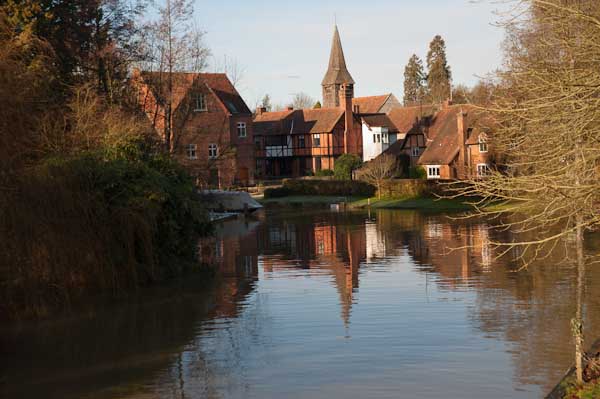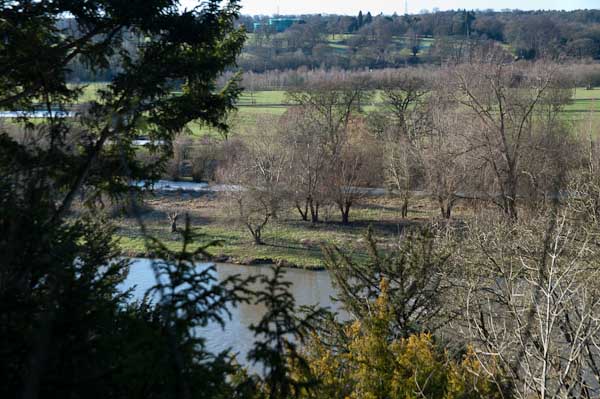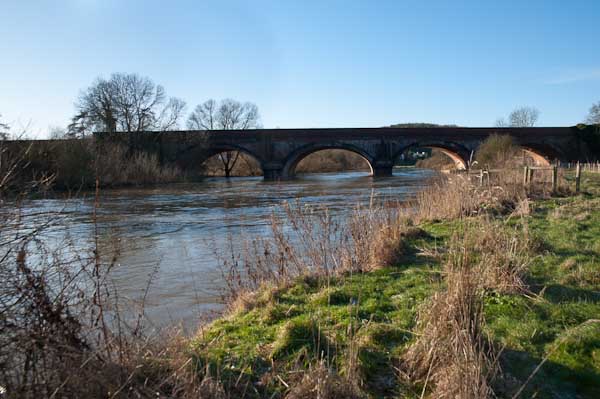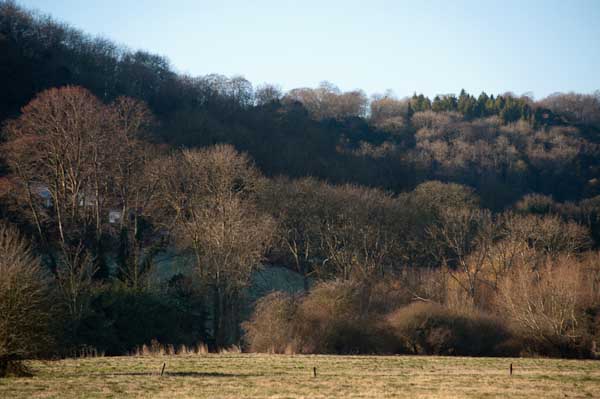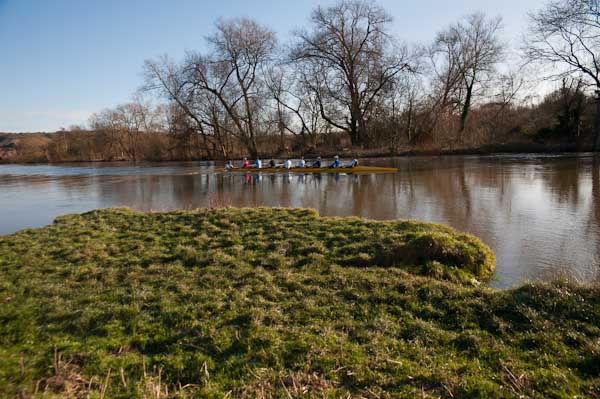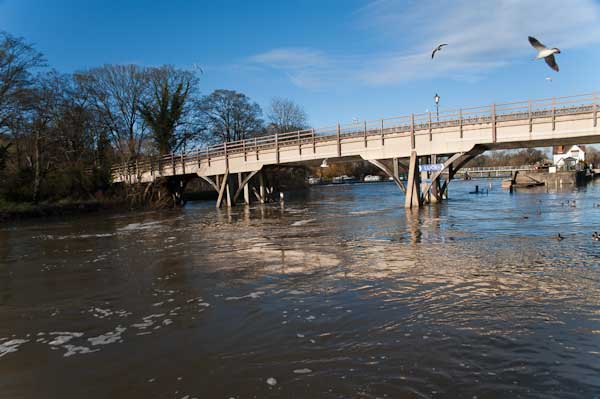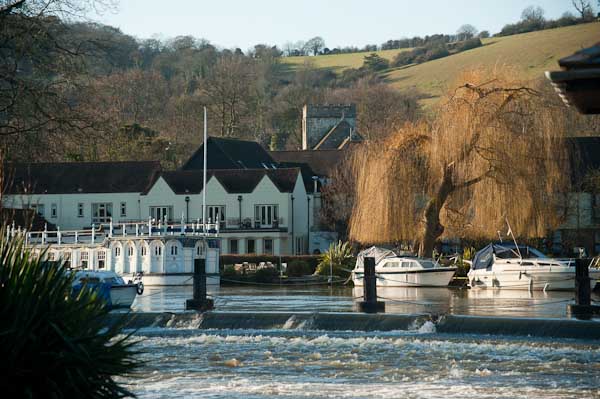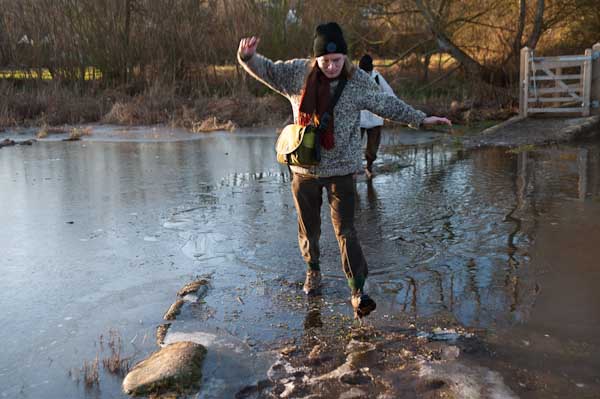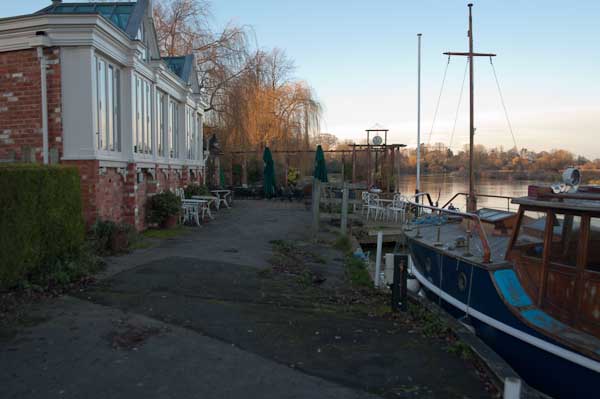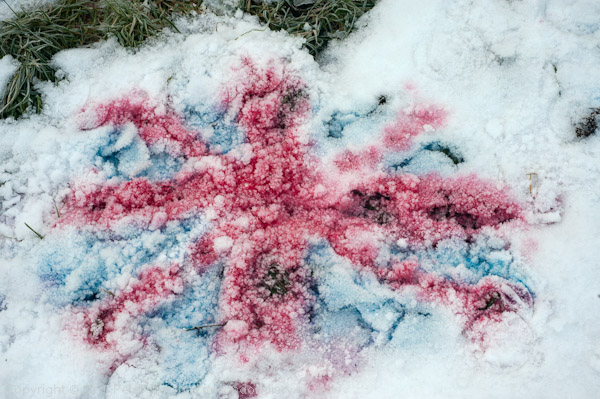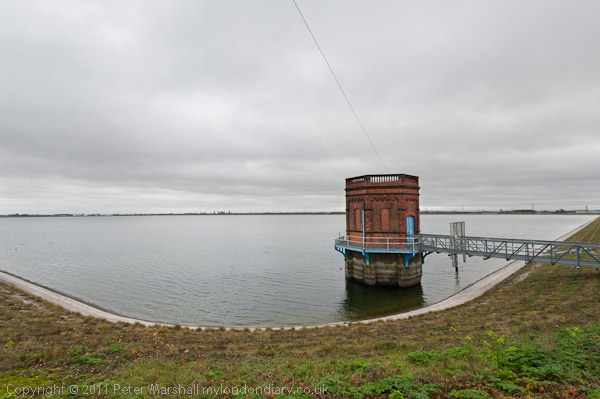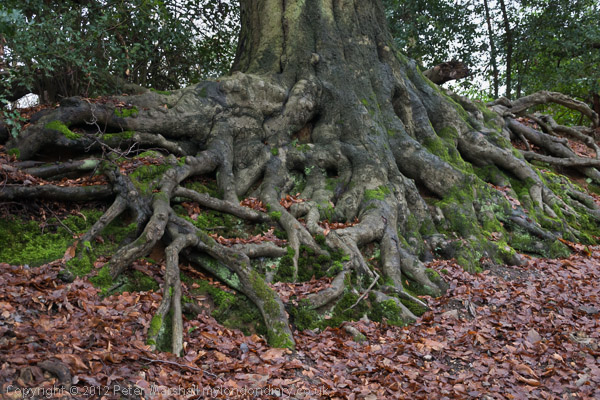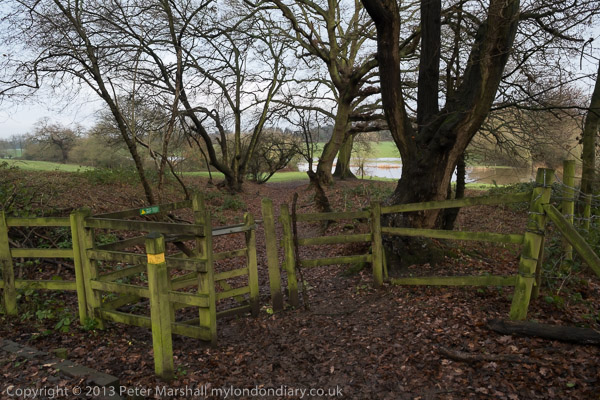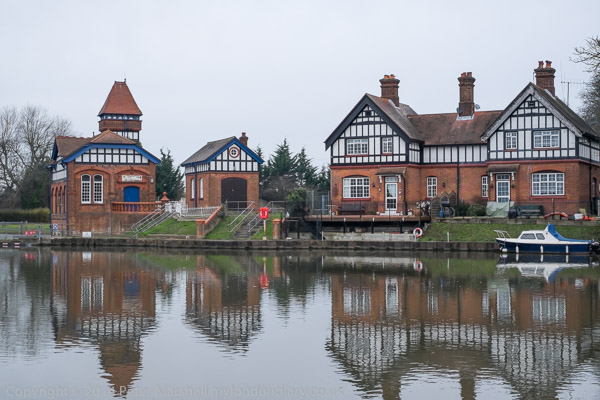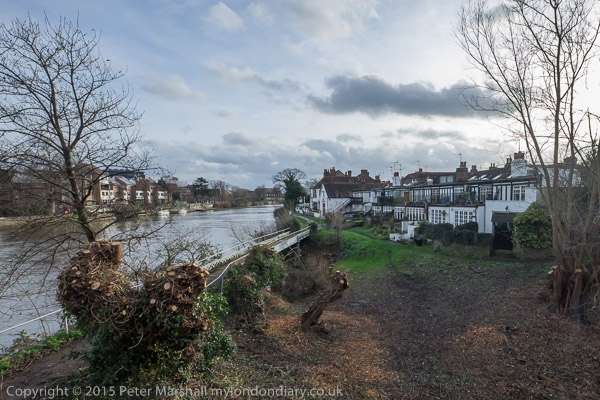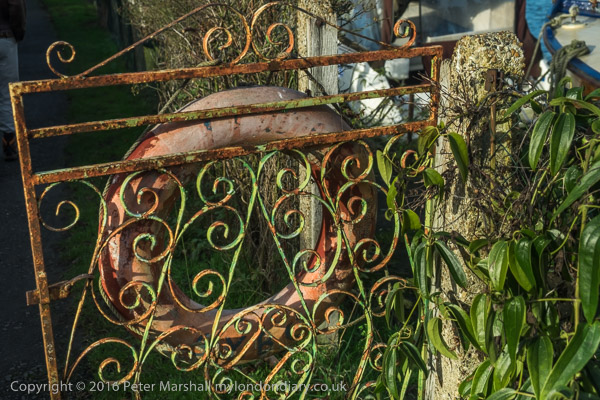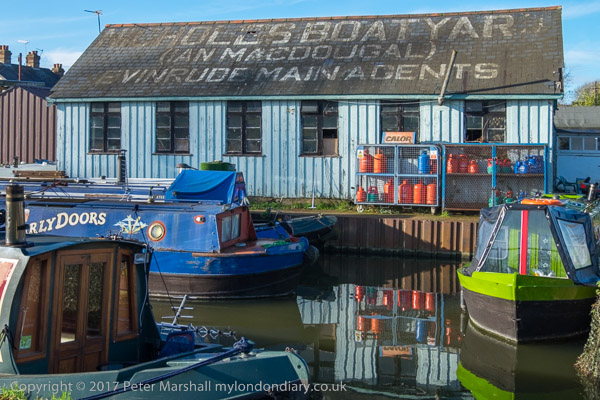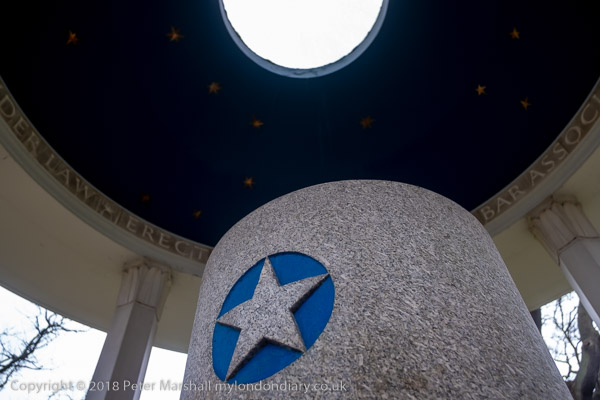Latymer, Cromwell, Britannia, Chapels, Shops & Bevan: The first post from my walk on Sunday 7th January was Stamford Brook, Ravenscourt Park and a Bull – 1990 and it ended on King Street Hammersmith where this post begins. As usual you can click on any of the pictures in these walk posts to go to a larger version in one of my Flickr albums.
Like many other well-known schools Latymer School began with a bequest for the education of poor boys. Edward Latymer in 1624 left money to provide 8 poor boys with clothing and education to the age of 13. Later bequests added to the foundation and in 1811, Ann Wyatt left £500 to build a new school together with £100 for its maintenance. Schools were set up in both Edmonton and Fulham.
The Fulham school moved to Hammersmith in 1648 and since then has had various buildings in the area. This building, Latymer Upper School was opened in 1895 and taught boys up to the age of 16. Following the 1945 Education Act it became a Direct Grant Grammar School, taking both state and fee-paying pupils.
When I took my 11-plus I could have applied to go here, but my parents were worried both by the cost of uniforms etc they couldn’t afford and also the long journey times I would have had to make and sent me to a more local Grammar.
The Direct Grant scheme was abolished in 1976, with Latymer becoming a fee-paying “Public School“, though still retaining some means-tested grant assisted places. When I made this picture it was still a boy’s school, but girls were admitted into the sixth form in 1996 and beginning in 2004 the whole school slowly became co-educational.
Cromwell Avenue is a street off King Street to the south, and these flats cover its whole east side. I think the street runs along what was the west side of Hammersmith Brewery, set up in 1780 by Joseph Cromwell on Hammersmith Creek, then navigable as far as King Street. The brewery was later run by his brother James Cromwell but seems to have stopped brewing in the 1840s.
Hammersmith Creek was the mouth of Stamford Brook, a small stream running from Gunnersbury. As well as the brewery on its west bank it also had wharves on its east side and in the early 19th century still had a flourishing industry. It was filled in in the early 20th century and Stamford Brook now reaches the Thames in a culvert under Furnivall Gardens.
Formerly known as the Ebenezer Chapel and Albion Congregational Church, was said to have built in the 1780s when recently offered for sale, although Pevsner dates it to 1891-2 by F W Stocking.
The congregation of the Ebenezer Chapel moved to a church on this site from King St in 1855. The church closed in 1938 and became a Salvation Army chapel which has now recently closed.
The buildings are still here at 108-116 Glenthorne Rd but there is no trace of Britannia. During the corona virus pandemic they were used by the volunteer community aid network launched by Hammersmith & Fulham Council, H&F CAN to give support to residents. Before that the windows were full of fireplaces, wood-burning stoves and mirrors
The Gospel Hall of the Kelly Mission was at 170 King Street and the site has now been redeveloped. Until 1919 this was the site of the Cock and Magpie pub and the Gospel Hall was built soon after
These buildings are still there at 157-163 King Street though Maplin, Shelly’s Shores and Pizza Inn have all been replaced by different businesses. Even the more modern building beyond has survived.
I couldn’t make out much of the remains of an advertisement on the Holcome Street wall though it seems to have a very large ‘UNN’ in it. No traces of it remain but there are now some wall bracing plates on the wall.
These blocks of flats in Aspen Gardens have a 1930s look to them but were built shortly after the end of the war clearing a large slum area and were opened in 1948 by Aneurin Bevan.
Best known for the NHS, Bevan was also responsible for housing and advocated for a national housing scheme to ensure everyone had decent and affordable homes. He wanted social housing for all, creating “create new homes and communities with a place for all sections of society” like that in English and Welsh villages “where the doctor, the grocer, the butcher and the farm labourer all lived in the same street.”
Despite incredible post-was shortages of materials and skilled labour, in 1948 there were 227,600 new homes built.
More from my walk here on >Re:PHOTO later.
Flickr – Facebook – My London Diary – Hull Photos – Lea Valley – Paris
London’s Industrial Heritage – London Photos
All photographs on this page are copyright © Peter Marshall.
Contact me to buy prints or licence to reproduce.







